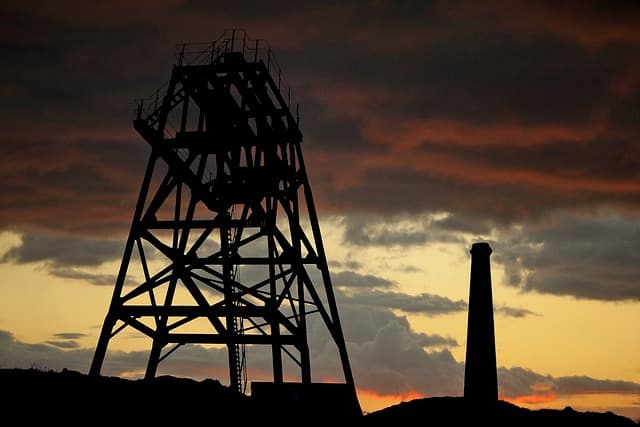With remote locations and limited access to traditional supply chains, offshore platforms face significant challenges in replacing worn or obsolete parts. Modern 3D printing technologies offer an effective solution to this problem, allowing the necessary spare parts to be produced on-site or close to the operational site.
Shell, for example, has successfully used additive manufacturing to create components not available on the market. In one project in Nigeria, a seal cover for a mooring buoy was produced, reducing lead time from 16 weeks to 2 weeks and reducing costs by 90%. This achievement was made possible by partnering with Poly Products and using digital models to produce parts on demand.
Norwegian energy company Equinor is also incorporating 3D printing into its operations. The Troll A platform has successfully tested the delivery of a 3D printed part by drone, demonstrating the potential to reduce response time and carbon footprint when servicing remote sites .
Equinor has also installed a Microfactory mobile 3D printing machine at a construction site in Stord, Norway, to support the Johan Castberg project. This facility is equipped with a 3D scanner, composite and metal 3D printers to produce the required parts directly on site and significantly reduce delivery times .
The adoption of 3D printing on offshore platforms not only speeds up the process of replacing parts, but also helps to reduce costs, reduce reliance on inventory and increase resilience to supply disruptions. These benefits make additive manufacturing an important tool in optimizing the maintenance and operation of offshore facilities.



